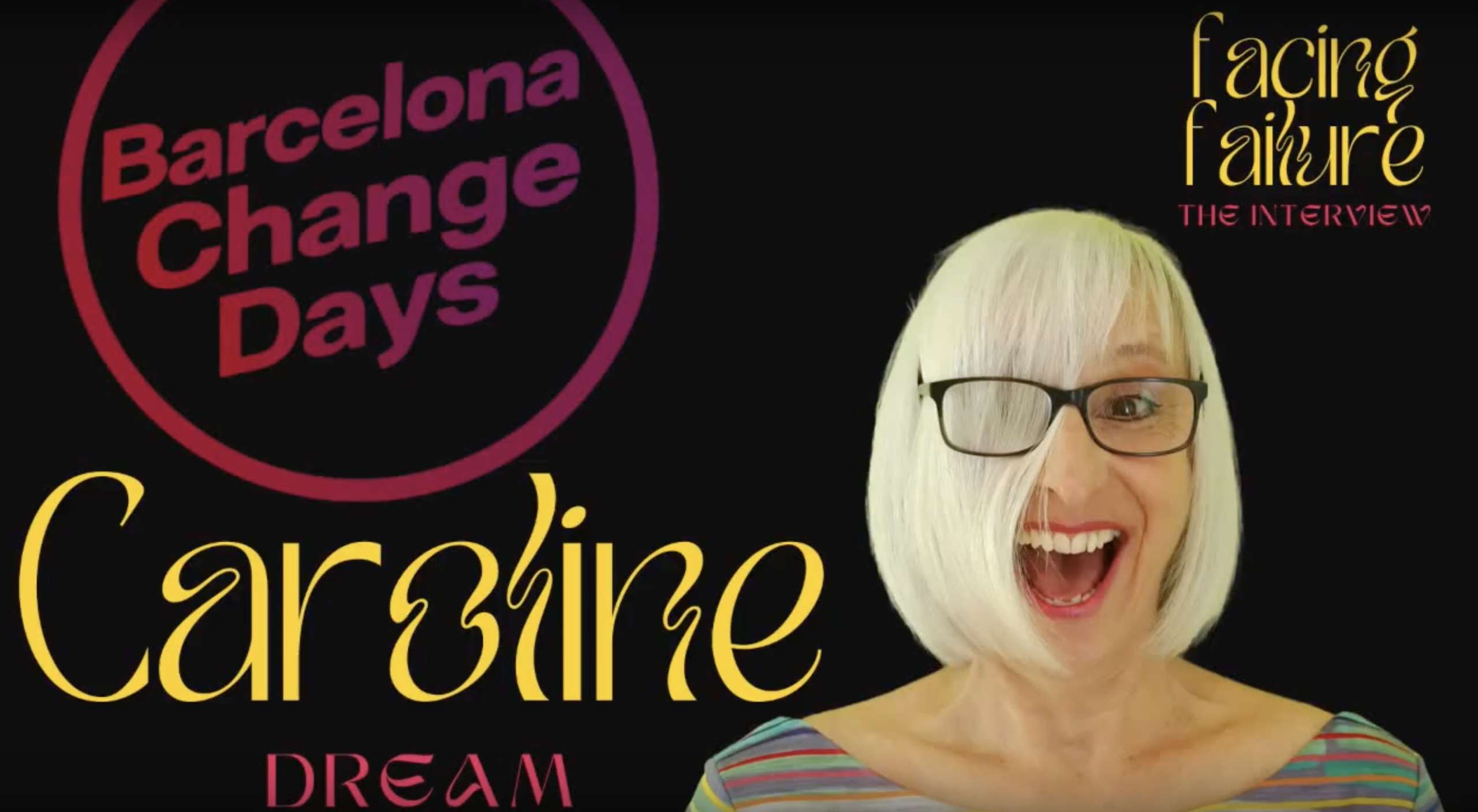4 years ago I had a car cash.
It was raining hard on the motorway when suddenly, the steering wheel stopped connecting to the car wheels. In what seemed like slow motion, my car smashed into the crash barrier.
Part of my brain went into a state of shock, but another part was imagining a soothing sound track to play over the scene. The car behind me pulled over and, even though it was pouring down, the driver ran over. He helped me out of my car, made sure I was okay, and called the police.
I was aware my hands were shaking but the music was back, along with a fleet of imaginary plastic ducks waddling towards me through the puddles. Suddenly, a police van entered the scene and twelve, yes twelve, huge policemen leapt out of the back doors. Some went off to redirect the traffic, others went to see if they could move the car, another four came over to me. It was so unexpected, so much like a great clown scene, that I had to make a concerted effort not to burst out laughing.
Recent neuroscientific research has debunked the idea that our emotional reactions are hard-wired into our brians. “Emotions are not built into your brain at birth, they are just built.” states Lisa Feldman in her TedTalk, “You aren’t at the mercy of your emotions”.
Every time we clown, we are teaching our brain the most useful ways to respond to certain situations. All those years as a professional clown, of responding to disasters with comic imagination, helped me turn my real-life experience into a positive one, despite the shock.
Become an active constructor of your emotions, #clown
Caroline Dream
www.onlineclownworkshop.com






